Eco Tourism: 15 Destinations to Add to Your Bucket List

Click here to support reforestation
with your company.
Get news, updates, & event Info delivered right to your inbox:
What is Eco Tourism and How To Be A Good Eco-Tourist?
In an increasingly environmentally conscious world, eco-tourism is a growing sector of the travel industry, with nature lovers trekking to all corners of the world to immerse themselves in new cultures and ecosystems in an eco-friendly manner. The generally accepted eco tourism definition is: responsible travel to natural areas that conserves ecosystems and produces sustainable economic benefits for local communities. And when done right, it can support sustainable economic growth and provide opportunities to protect local wildlife, historic sites, and ways of life that might otherwise be lost. This can be especially impactful in remote or rural areas that are working to develop local economies and create opportunities that don't overrun the local ecosystems and communities.
Unfortunately, not all eco-tourism is made equal. And when handled poorly, it can result in high environmental and societal costs like degraded ecosystems and increased inequalities. As a sustainable traveler, it's important to do your research and ensure that eco tourism is a force for good wherever you visit. This includes making sure that all tourism activities have a minimal environmental impact, that any associated development is welcomed by local communities, and that it promotes sustainable and equitable economic development with long-lasting, positive benefits.
Here are 15 Eco Tourism Destinations To Visit
Every year, over a dozen sustainability organizations work together to compile a list of 100 top green destinations based on criteria like: having a governing body to manage sustainability, showing commitment to protecting natural resources, people and heritage, reduced energy consumption, and more. Read on to learn about 15 destinations from this list — and keep in mind that sustainable travel can also mean visiting less "popular" destinations and/or visiting places that need support after natural disasters.
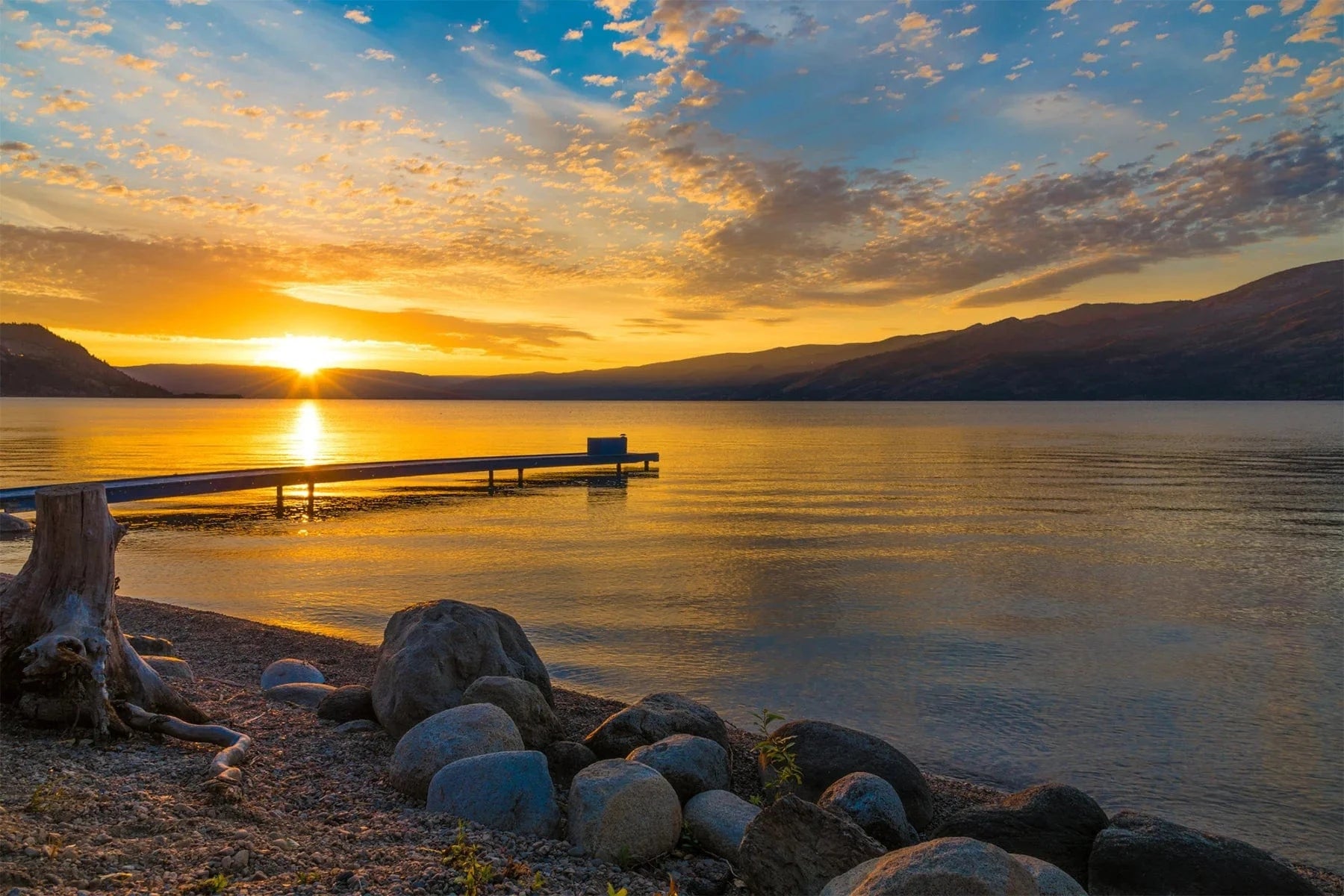
1. Thompson Okanagan, Canada
With rich Indigenous culture and history, and ecosystems ranging from valleys to grasslands, forests, deserts and waterways, the Thompson Okanagan region of of British Columbia, Canada, is one of a kind. With a Mediterranean climate and breathtaking landscapes, it’s the perfect place for those in search of outdoor recreation, cultural appreciation and delicious culinary experiences. And as the first Biosphere Certified destination in the Americas, the region is dedicated to preserving its natural spaces and advocating for sustainability. They’ve also developed a Regional Pledge called the Seven Affirmations for Seven Generations, which was created to develop guidelines for sustainable tourism. The Seven Generations Principle is based on Indigenous philosophy that recognizes that the decisions an individual makes today will have an impact for as long as seven generations to come.
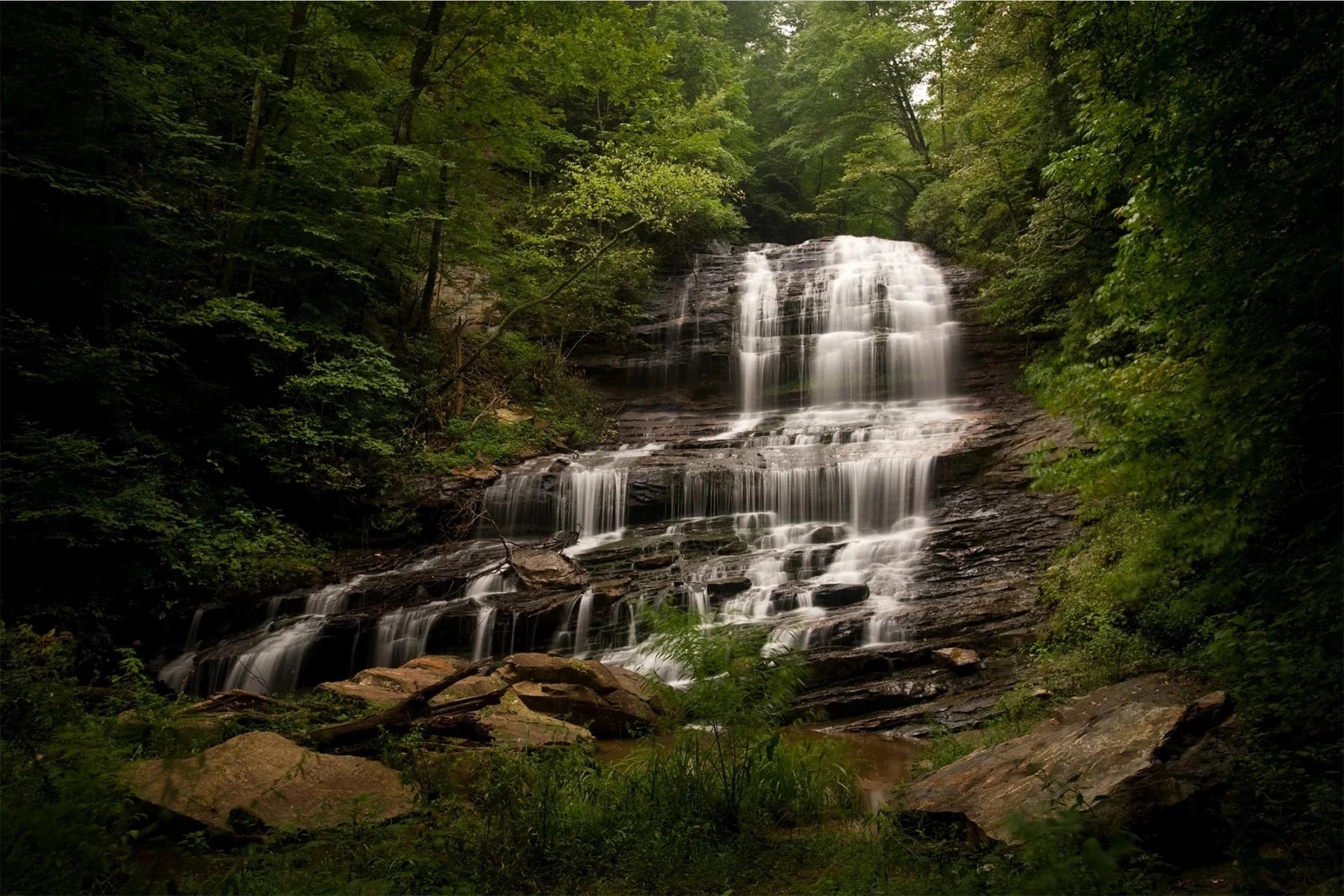
2. Brevard, Transylvania County, United States
Located in western North Carolina’s Transylvania County, Brevard is an unspoiled town nestled amongst the iconic Blue Ridge Mountains. It’s surrounded by over 100,000 acres of national forests and public lands (including Pisgah and Nantahalla National Forests, DuPont State Recreational Forest, Gorges State Park, and Headwaters State Forest). Nicknamed the “Land of Waterfalls,” the area boasts the largest concentration of waterfalls in North America (over 250!). And if that weren’t reason enough to visit, opportunities abound for outdoor recreation, with activities ranging from fly fishing to mountain biking, road cycling, rock climbing, hiking, camping and more. While there, you can also visit the French Broad (the 3rd oldest river in the world!), and check out the Looking Glass Rock, the largest rock monolith east of the Mississippi River.
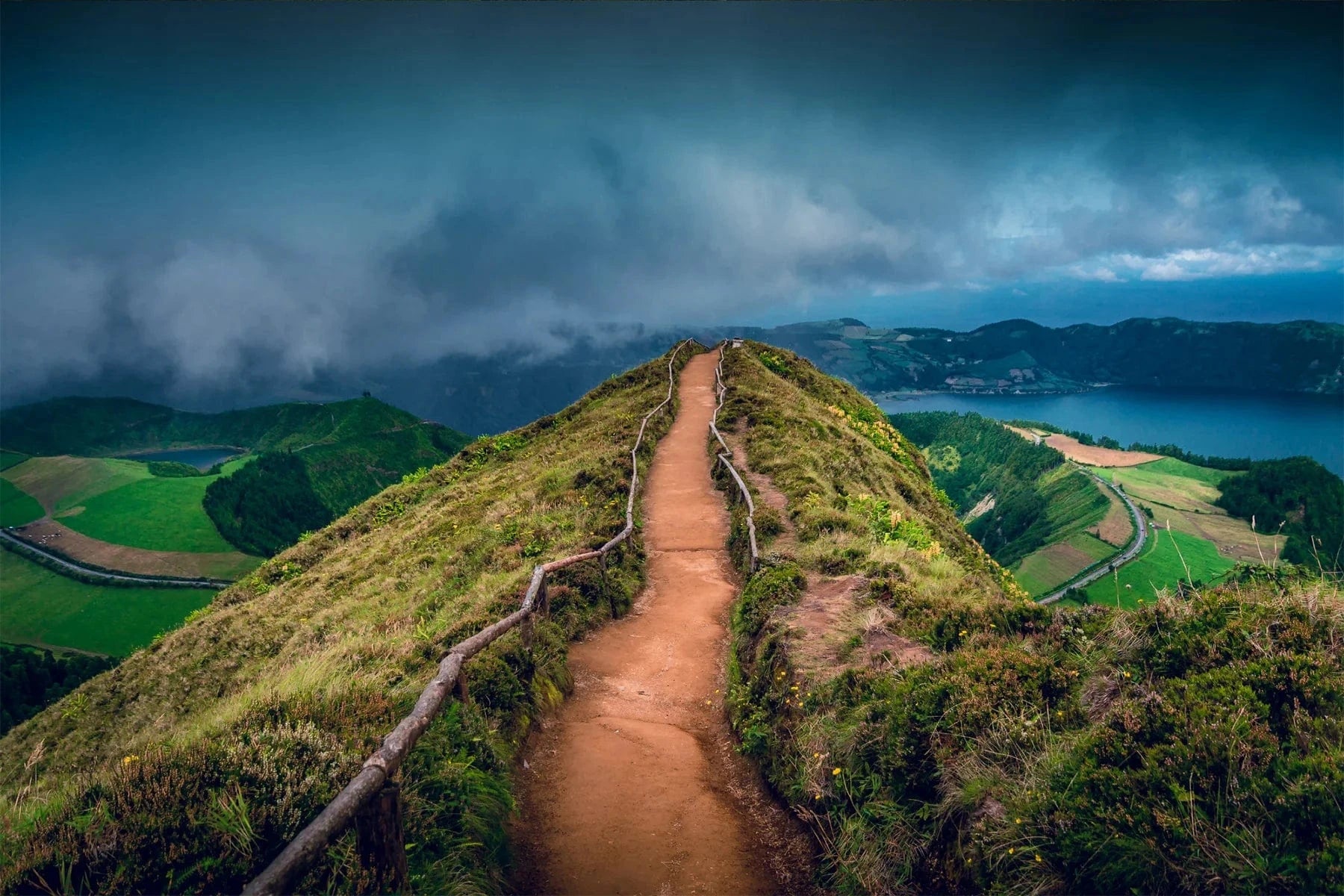
3. Azores, Portugal
Comprised of 9 volcanic islands in the middle of the North Atlantic Ocean, the Archipelago of the Azores is a stunning green travel destination. With incredible cultural heritage and local traditions like the Furnas meal (cooked using volcanic heat), visiting any one of these islands is truly a once in a lifetime experience. Activities include exploring dense coastal woods, playing golf at one of the best courses in the world, relaxing in naturally carbonated water, visiting stunning waterfalls and iron water pools, whale watching, canoeing and kayaking, sailing, horse riding, and more. Well known for promoting sustainability, the Azores are dedicated to protecting their rich geo-diversity, marine life and natural areas. They also have an eco-school, use renewable energy widely across the islands, and carefully manage their water use through their Regional Plan for the Water (PRAA).
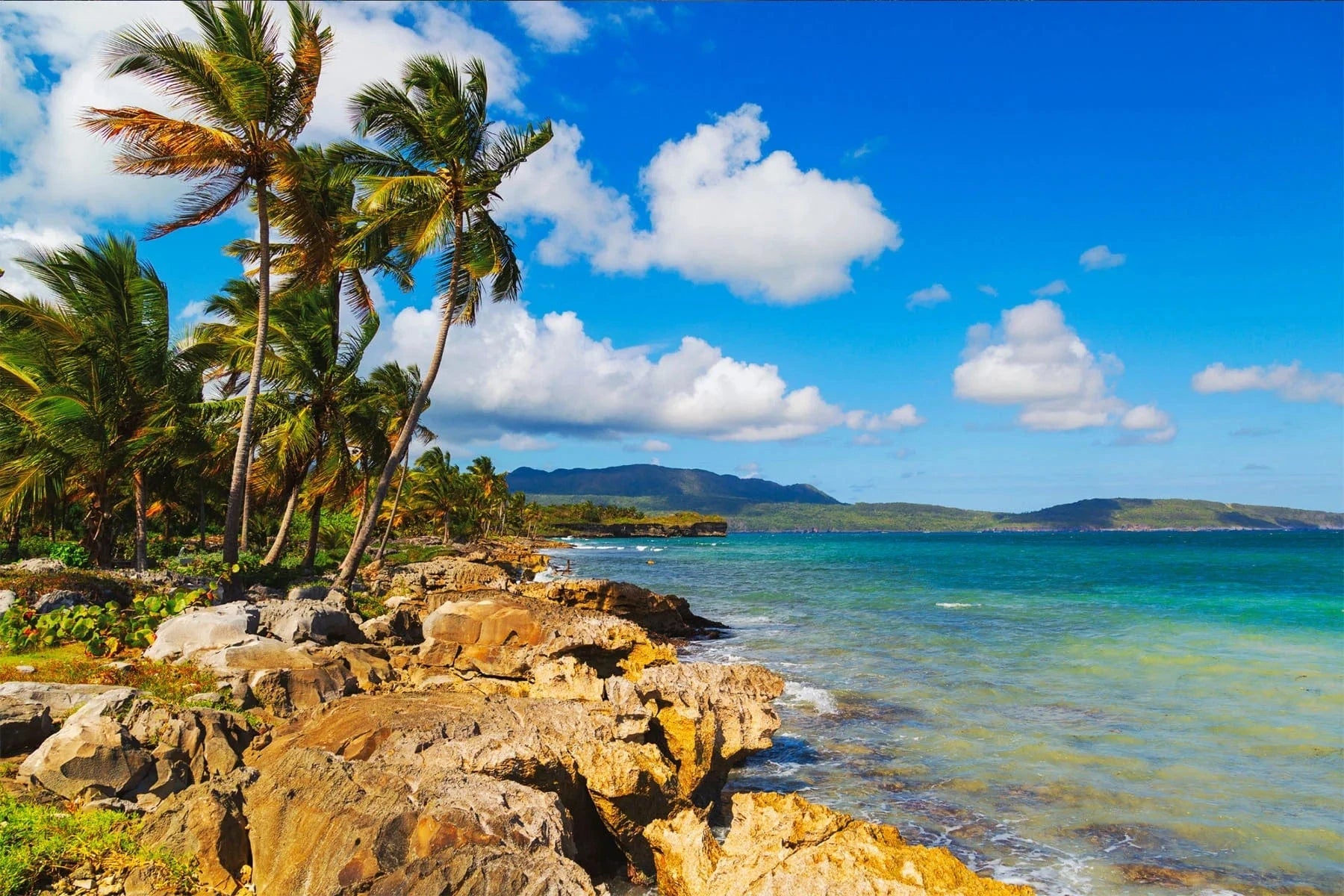
4. Samaná, Dominican Republic
A province of the Dominican Republic that’s located in the eastern region of the Samaná Peninsula, Samaná is one of the Dominican Republic’s most inviting destinations. Although accessible by land and air, it’s a secluded tropical paradise with rolling mountains and valleys, wild beaches, crystal clear rivers, coconut plantations, rocky coastline, and rainforests that are teeming with life. Approximately 2,500 humpback whales visit Samaná Bay each year to mate, birth, and bask. Aside from seasonal whale watching, eco-tourists can enjoy body-boarding and kitesurfing in Las Terrenas, trekking, birding, and caving in Los Haitises National Park, canyoning or horseback riding to reach the El Limón waterfall, and sailing to magnificent white sand beaches at the base of 90-meter (300-feet) cliffs — or to the offshore Cayo Levantado island.
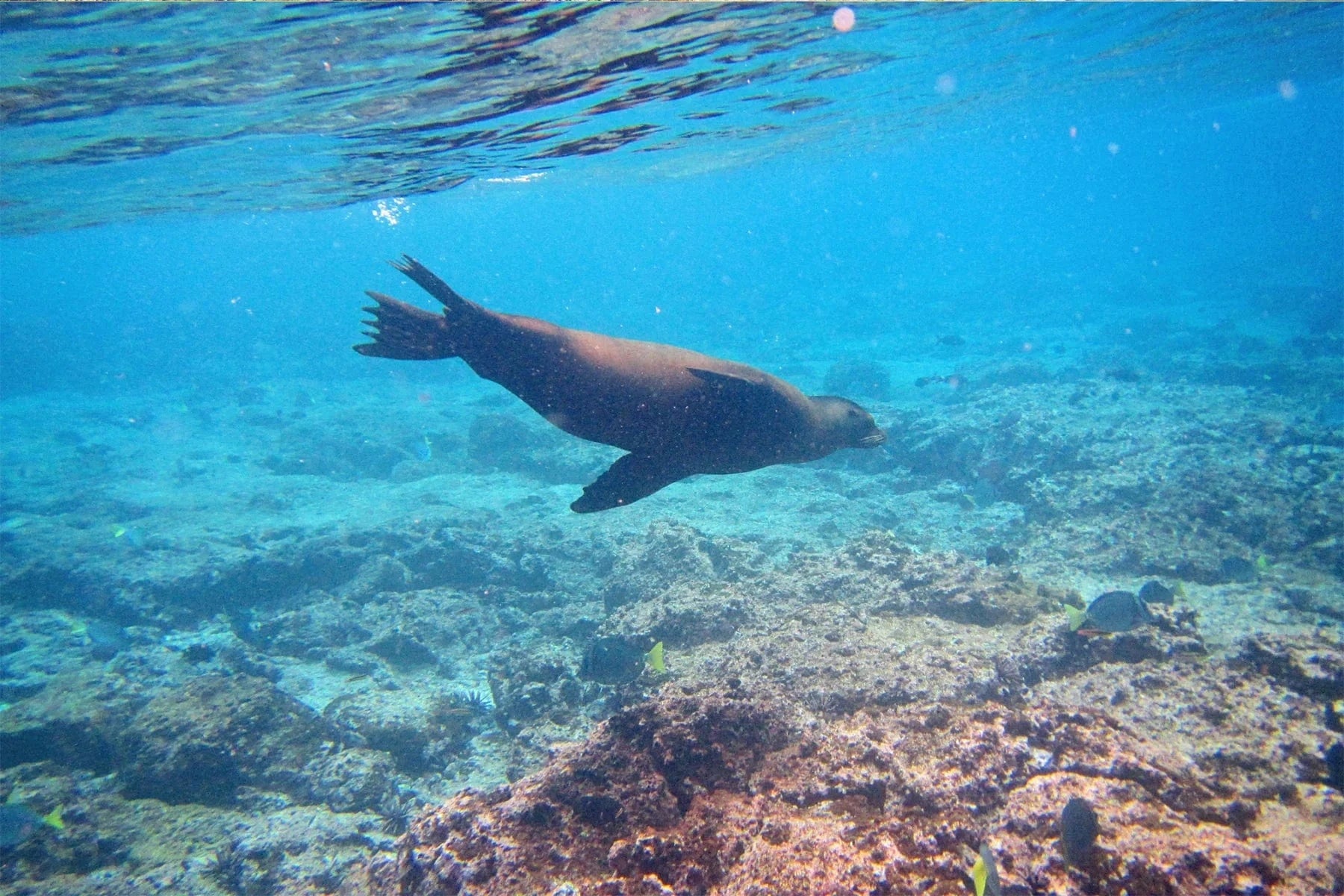
5. Galapagos Islands
Situated in the Pacific Ocean approximately 1,000 km from Ecuador and South America, the 19 islands that encompass the Galapagos and its surrounding marine reserve form a unique living museum. A World Heritage Site, over 98% of the land territory of the Galapagos Islands are under protection. And with regulations and laws designed to support sustainable tourism, the species that are endemic to this isolated island paradise are heavily protected. Of these species, approximately 80% of the land birds, 97% of the reptiles and land mammals and 30% of the plants are found nowhere else. These include the giant Galapagos tortoise, marine iguana, the flightless cormorant, the Galapagos penguin, and more! The surrounding Marine Reserve, which touches upon 3 major eastern Pacific currents and is influenced by climatic phenomena like El Niño, also has abundant and diverse marine wildlife — 20% of which is found nowhere else on Earth.
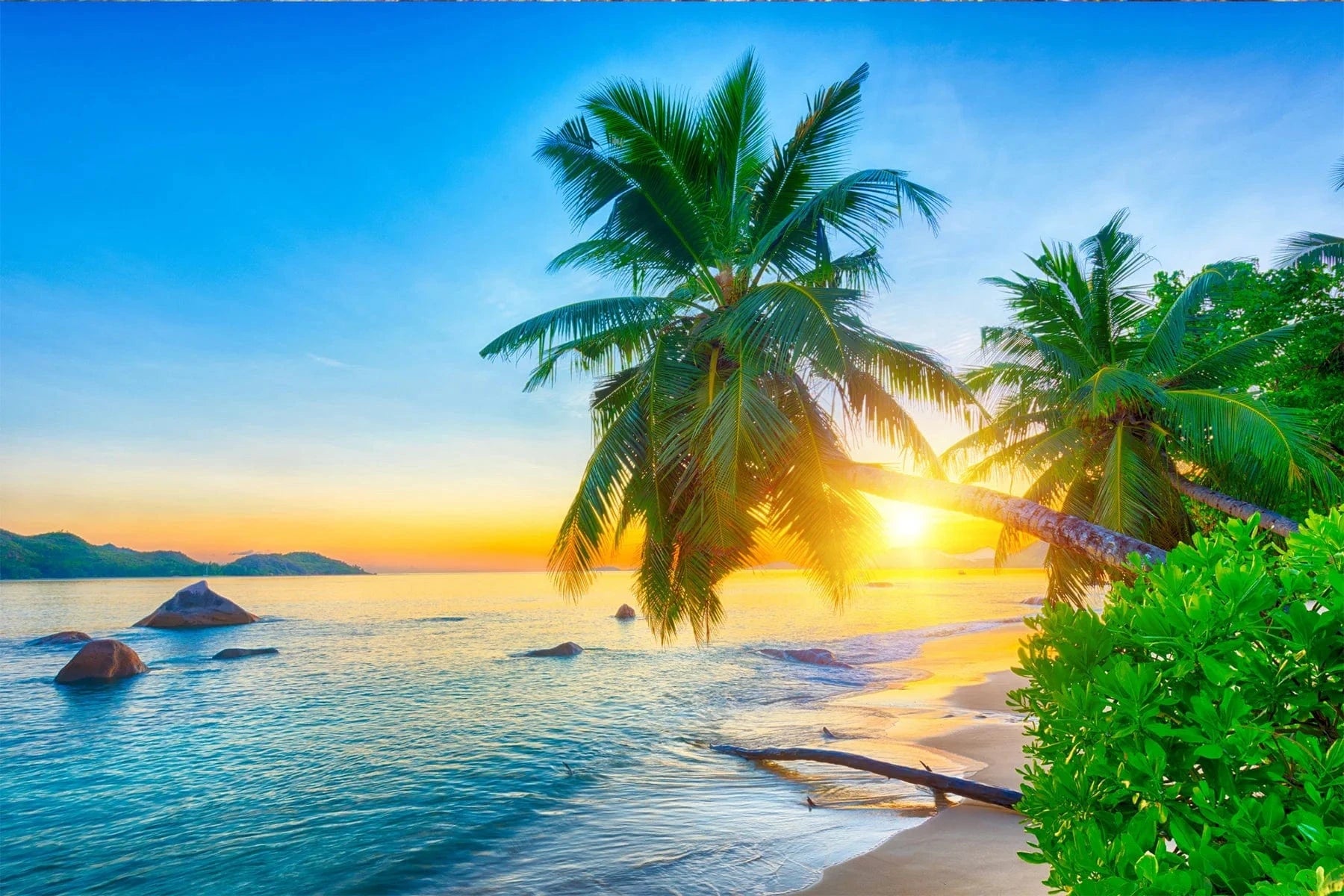
6. North Island, Seychelles
Approximately 30km from the Seychelles's main island of Mahé, North Island is a secluded paradise. Glowing white beaches surround a tropical interior of palms and forest, cradled between three granite outcrops and surrounded by bright blue ocean. The island is home to over 100 free-roaming Aldabra Giant Tortoises and is an important nesting ground for the Endangered Green Turtle and Critically Endangered Hawksbill Turtle. Adult nesting females can be observed nesting on the island’s 4 beaches, and hatchlings emerge in the quiet of the night to make their way to the water. North Island is also home to 4 endemic bird species, including the charismatic Seychelles White Eye, which was successfully introduced to the island in 2007. As part of their commitment to sustainability, North Island’s Noah’s Ark project aims to provide a sanctuary for the endemic fauna and flora of the Seychelles.
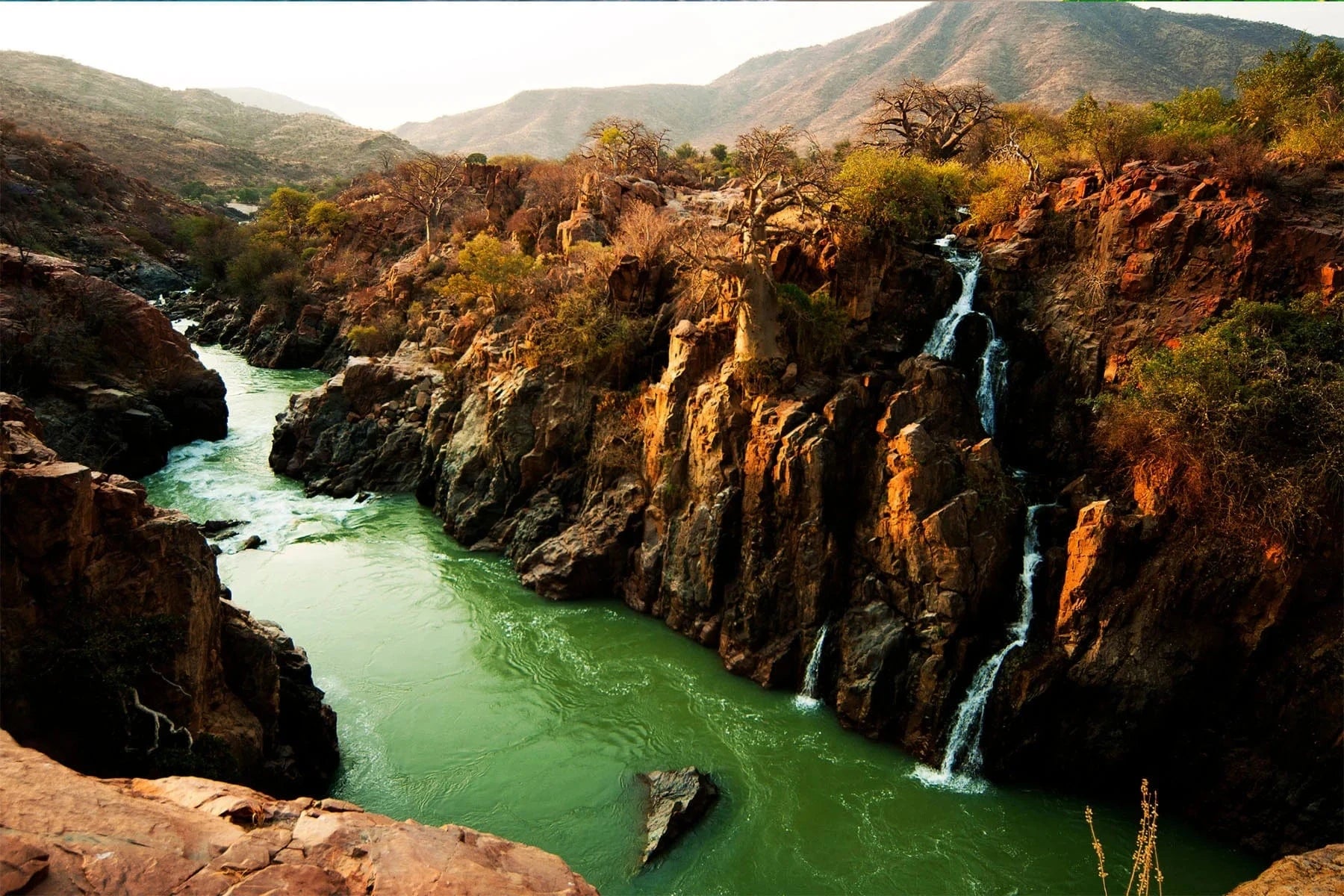
7. ≠Khoadi-//Hôas Conservancy, Namibia
In the Erongo-Kunene region of northwestern Namibia, 12,000 hectares of land have been set aside since 1998 by the ≠Khoadi-//Hôas community for conservation and tourism. The area boasts dramatic granite hills and flat-topped basalt ranges, which are remnants of volcanic activity during the final breakup of the Gondwana supercontinent 128 million years ago. Visitors can discover this remote, starkly beautiful wilderness on foot, solar bicycle, or by car, experiencing the inhabitants of this arid biosphere as well as the surprising diversity of wildlife that it holds. The area is the traditional home to the indigenous Damara people, and visitors can learn about their cultural heritage while exploring the natural beauty of the area.
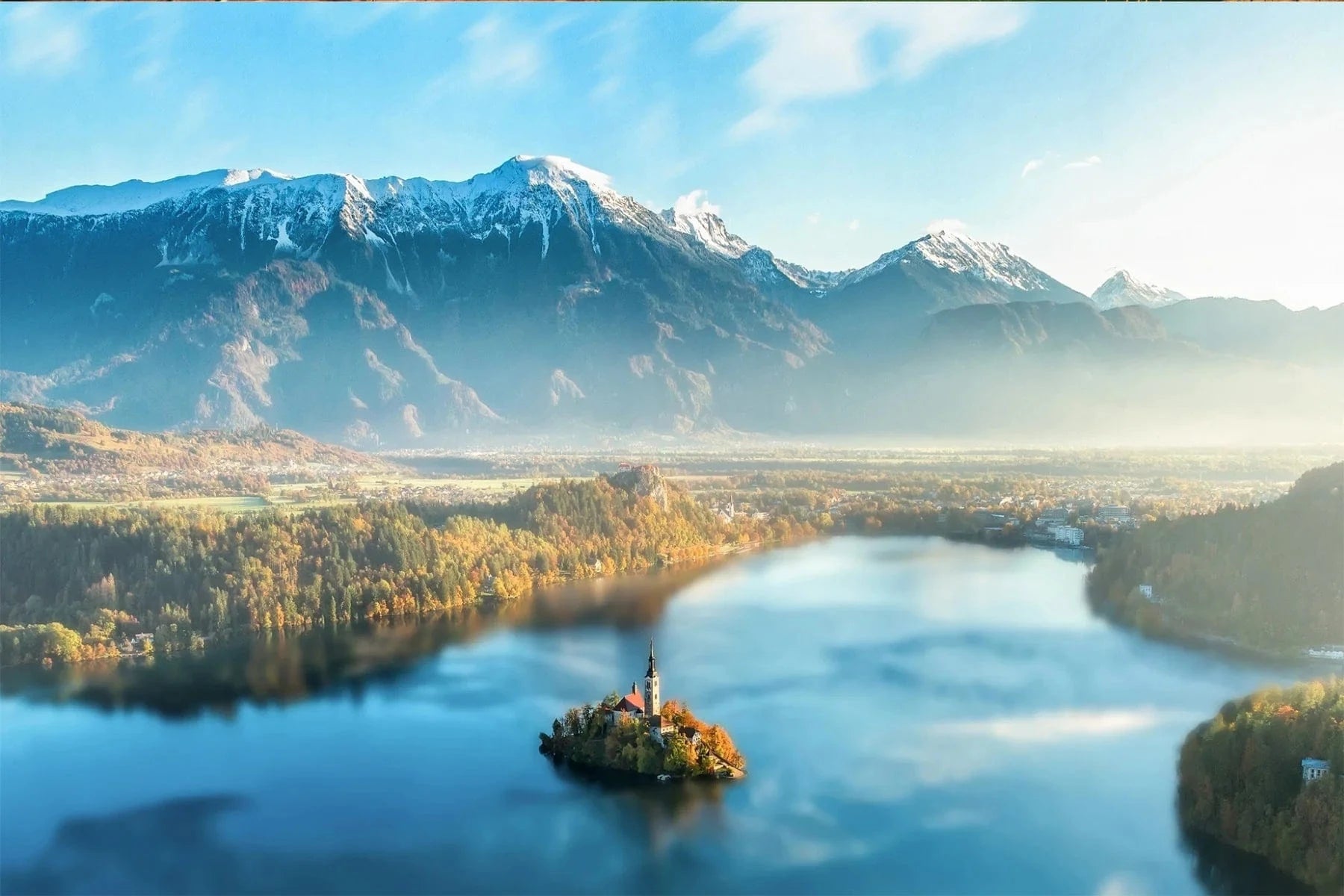
8. Slovenia
Occupying a small corner of Europe, Slovenia includes 4 drastically different worlds: the Alps, Mediterranean coastal towns, limestone hills (karst), and eastern plains. 60% of the country is forested, and 1/3 of it is protected for nature conservation. In 2016, it was recognized by Green Destinations as the worlds first green country destination, and sustainable tourism is a growing industry here. This is thanks to the hard work of the Slovenian Tourist Board (STB), who have developed the Green Scheme of Slovenian Tourism, a national tool that helps destinations and tourism businesses that operate under the brand SLOVENIA GREEN, introduce sustainable tourism principles into their operations.

9. Nan Old City, Thailand
Nestled in a verdant valley in northern Thailand, near the border with Laos, Nan Old City is an ancient city that has survived into modern times. Its culture, tradition, religion, and history have been inherited from generation to generation. Passed down for centuries, inherited beliefs, traditions, and norms unify the local community to the cause of restoring and conserving their incredible cultural heritage, which includes ancient sites, antiques, and significant religious areas. Nan Old City is infused with relaxed charm, and has a rich history, impressive temples, and a museum. A quiet and tranquil city, it’s famous among Thai tourists and is beginning to be discovered by the outside world.
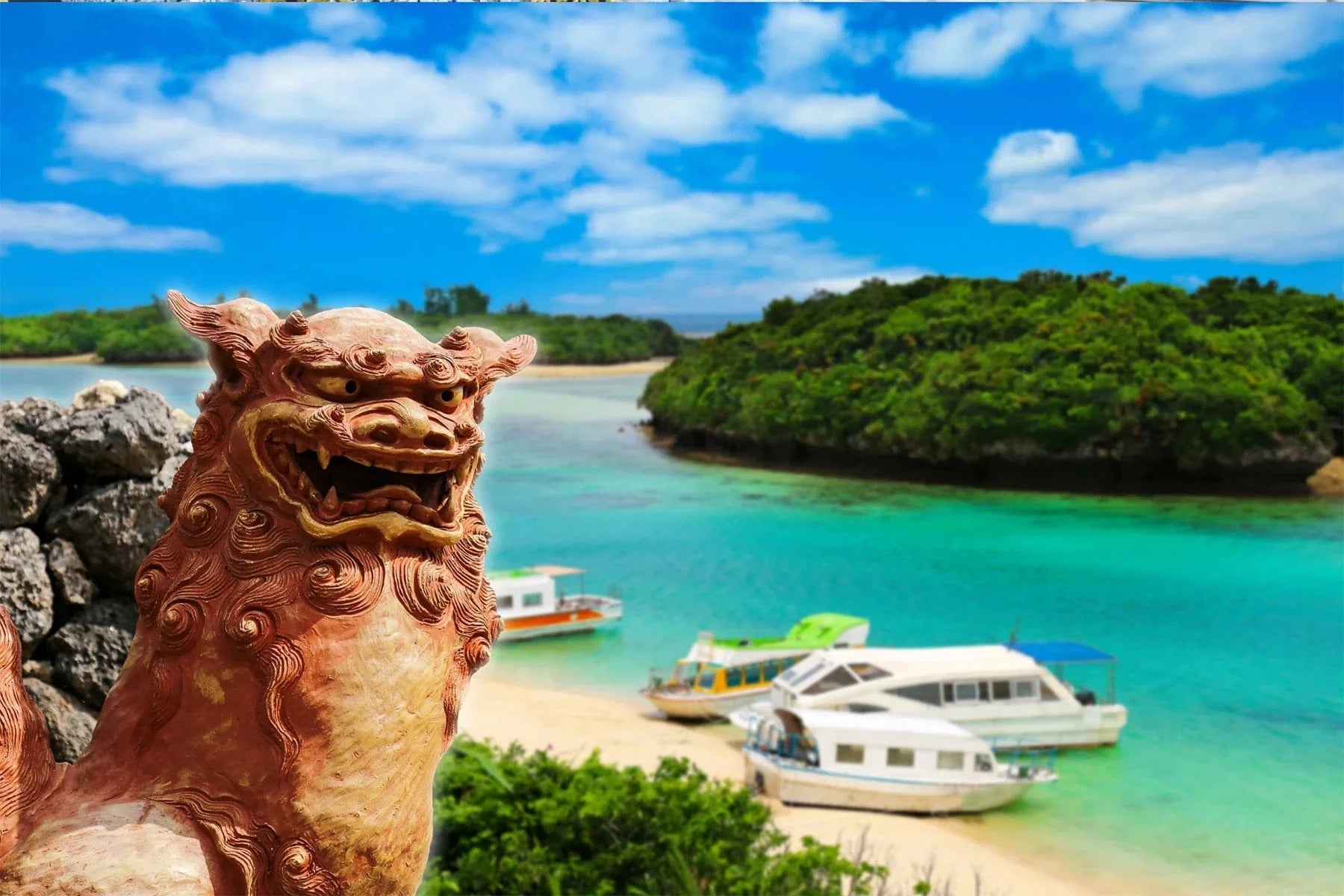
10. Okinawa, Japan
Surrounded by the crystal clear Sea of Japan, the Okinawa islands are home to exceptionally beautiful beaches, the iconic Gusuku (castles or fortresses in the Ryukyu Islands) and heritage sites of the Ryukyu Kingdom. With the sun shining deep into its clear waters, and the lack of major freshwater rivers dumping silt and organisms into the sea, the area supports thriving, diverse coral reefs. On land, the forests contain lush subtropical vegetation and a diverse range of plant and animal life. Visitors can view the coral reefs by snorkeling and diving, and join whale spotting tours. On land, they can explore the lush forests and unique history and culture that is not found nowhere else. In addition to its stunning natural beauty, Okinawa is the birthplace of karate, and welcomes practitioners from around the world to study and visit.
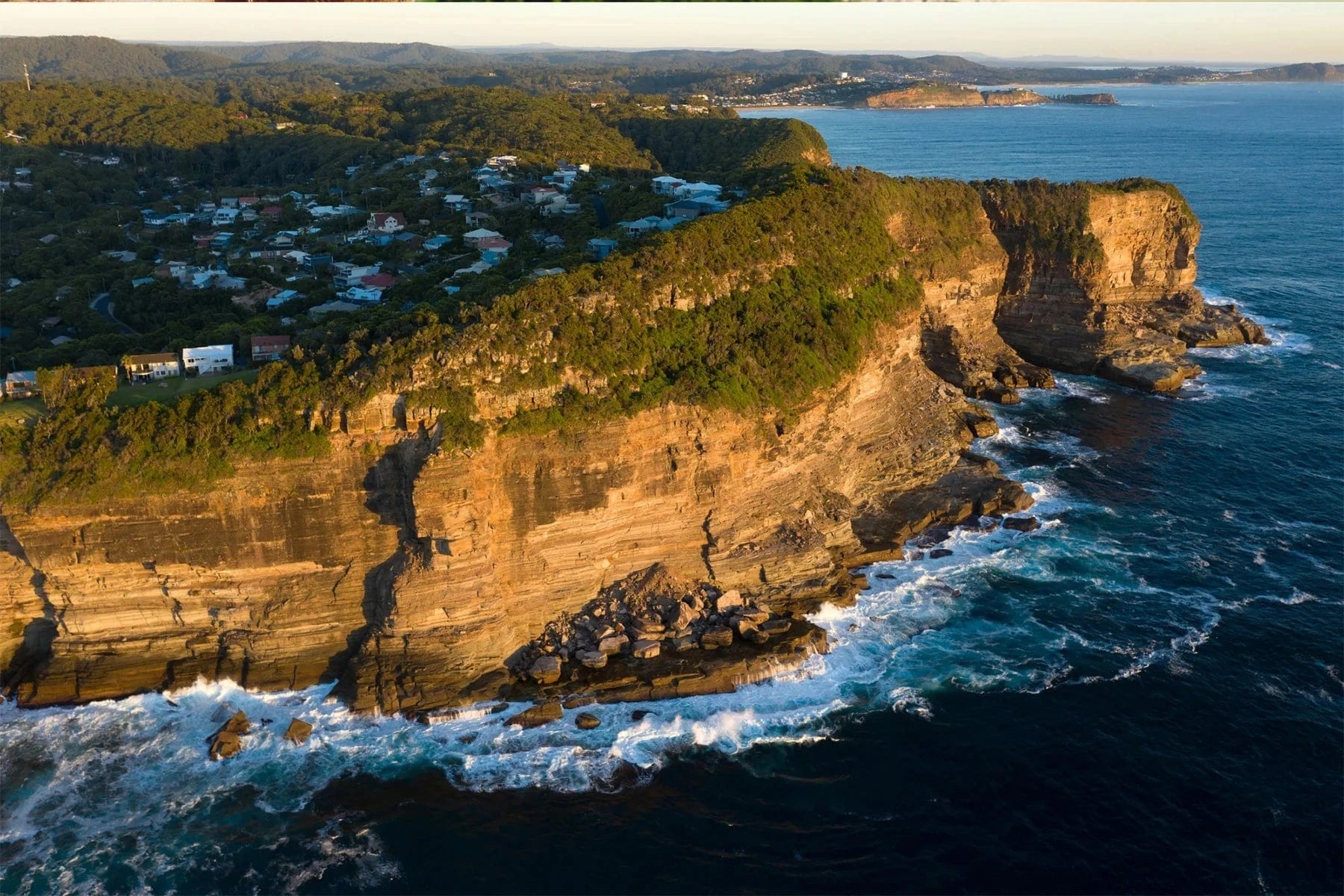
11. Central Coast, Australia
Located on the east coast of New South Wales, Australia’s central coast is situated halfway between the cities of Sydney and Newcastle. With inviting waterways, pristine beaches and abundant natural beauty, the Coast region is ripe for exploration. It's bordered by 5 wild national parks, encompasses several state forests, and includes 87km of wonderfully unspoiled coastline. With 41 beaches to explore, the region boasts 4x the coastline of Sydney Harbour. All of this is fed by a lush hinterland (region lying inland from a coast) to the west, rich with natural produce. The Central Coast region is home to a diverse range of people, places and natural spaces, and offers adventure and excitement from bay to bush, and beach to back roads.

12. Bay of Plenty, New Zealand
So named by explorer James Cook in 1769, New Zealand’s Bay of Plenty is a lush travel destination that boasts 125km of coastline, including 2 marine reserves, 24 coastal islands, Whirinaki Te Pua-a-Tane Conservation Park and NZ’s best beaches. For the culinary explorer, Tauranga has hectares of orchards and gardens that produce everything from kiwi and citrus to avocados and more — as well as a bustling harbor with fresh seafood and locally crafted beer. Mount Maunganui, a short distance from Tauranga, is a short 40 minute hike and is surrounded by spectacular beaches that draw surfers all year round. Nearby Rokura’s spouting geysers, brightly colored geothermal springs, and remnants of thousands of years’ worth of volcanic activity are also worth a visit. And a short boat ride away is White Island, one of the world’s easiest-to-access volcanoes!
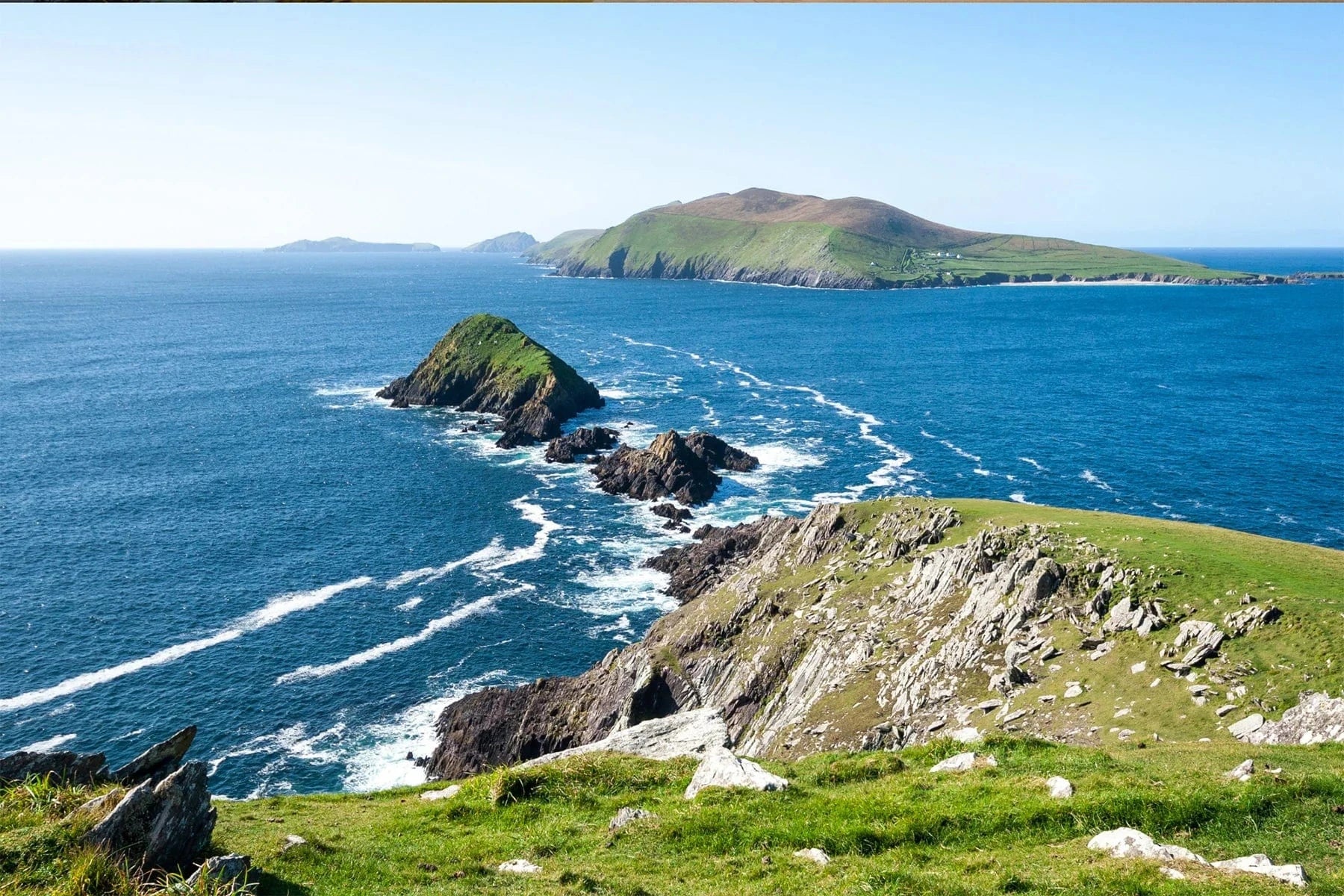
13. Ireland
From the iconic Cliffs of Moher to the otherworldly landscape of The Burren, the forests of Slieve Bloom, and the beauty of the Connemara, Ireland is home to more natural wonders than any other European nation. There, you can feel the power of the waves pushed east from North America at the edge of the Atlantic Ocean, or fish or sail your way down the majestic River Shannon. And in the Boyne Valley, you’ll find some of Ireland's most important archaeological sites, including Newgrange, which predates the pyramids in Egypt by hundreds of years. As the Emerald Isle, Ireland is green at heart and encourages sustainable travel to ensure that its natural beauty is protected. Almost anywhere you go on the island, you’ll find destinations that are doing their bit for planet Earth and helping travellers to lower their environmental impact.
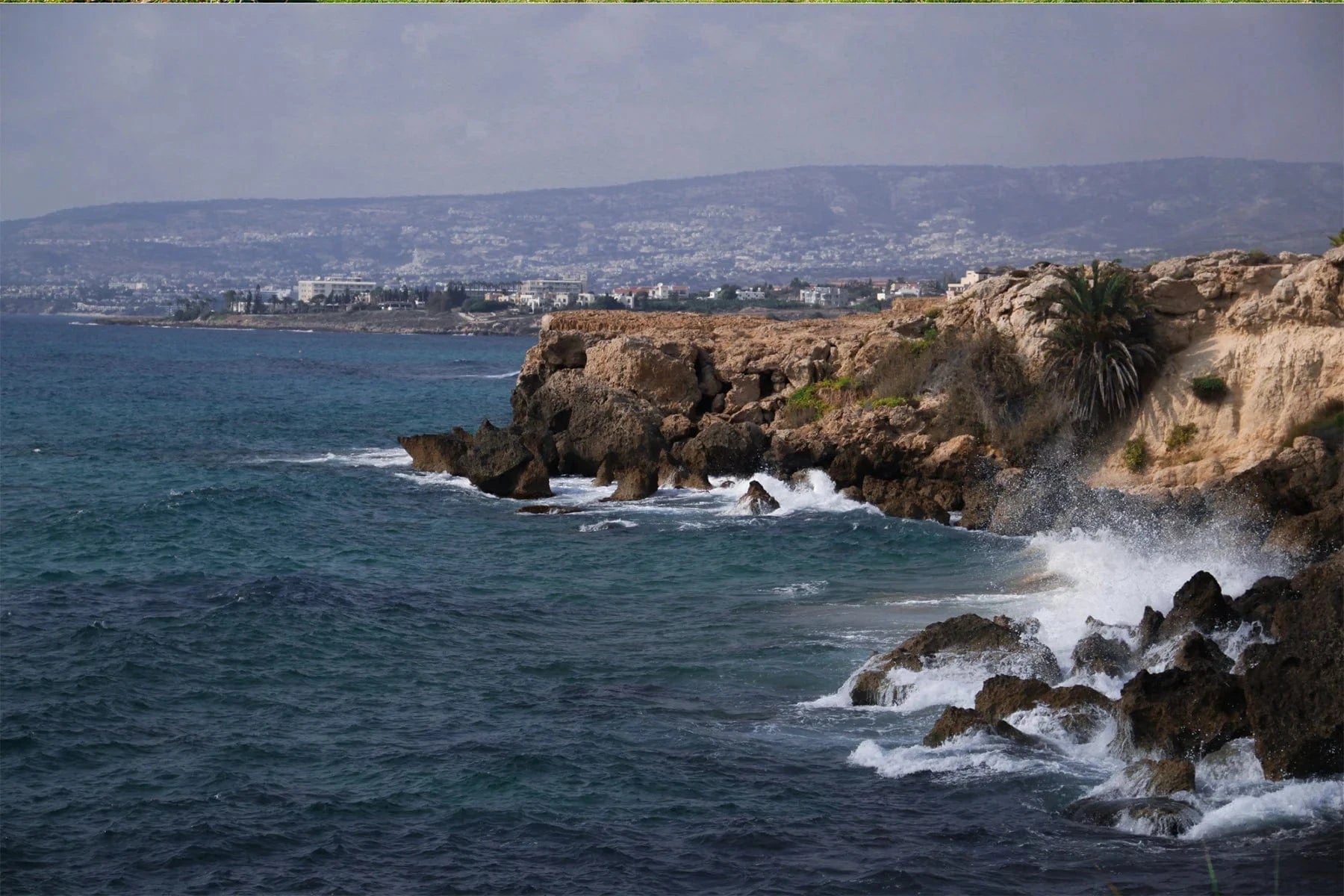
14. Pafos Region, Cyprus
Whether you're a sun-seeker, an explorer, or someone looking for a relaxing holiday with great scenery, there are many reasons to visit Cyprus's Pafos region. With scenic beaches, rich and rare vegetation, Akamas National Park, rugged coastline, rocky shores and sandy bays, Pafos is well-known for its unparalleled mediterranean beauty. Located on a main bird migration route, over 300 bird species pass through in huge numbers during the spring and fall — making it a paradise for birdwatchers. Beyond its natural beauty, Pafos offers rich cultural history. Inhabited since the Neolithic period and possessing ruins dating from the 12th century BC to the Roman period and the Middle Ages, it provides travelers with the opportunity to connect directly to the foundations of modern society.
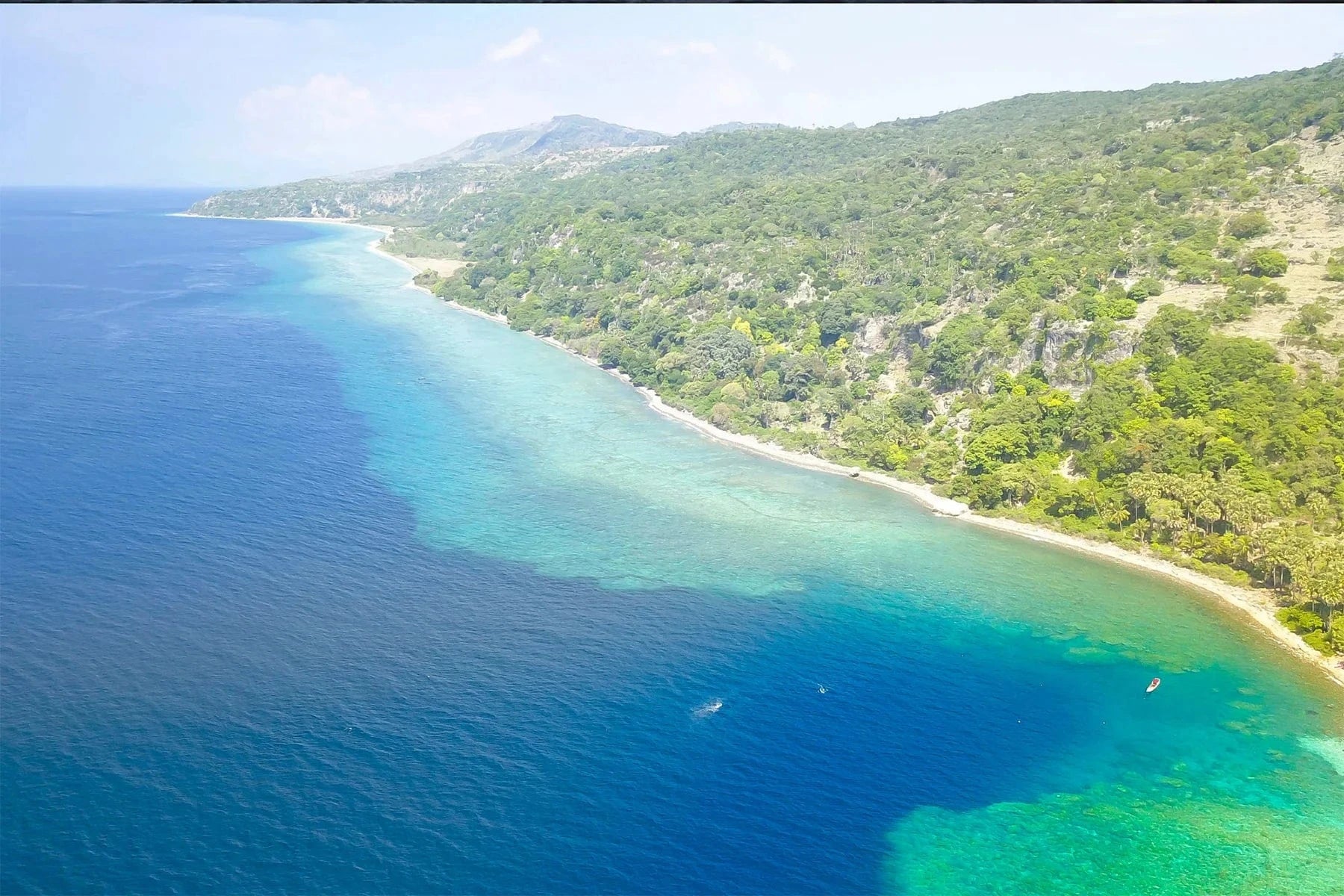
15. Atauro Island, East Timor
Just 215.5 miles north of East Timor's capital, Dili, Atauro is a small, 14-mile long island that’s home to under 10,000 people. Situated in the middle of the Indonesian Throughflow, a warm ocean current that delivers rich nutrients south from the Banda Sea, Atauro has the richest reefs in the Coral Triangle. Given that the Coral Triangle is considered the “Amazon Rainforest of the ocean”, this is no small feat. In 2016, a Conservation International team analyzed the sea life surrounding the island and found an average of 253 reef species right off the island, making these waters the most biodiverse ever recorded. Similar to Okinawa, the waters around Atauro are clear year round due to the absence of large rivers on the island. And the deep channel between the mainland and Atauro is also home to one of the largest seasonal migrations of whales anywhere on Earth.
So there you have it! We hope this list has inspired you to travel more sustainably, and to spend some time researching the right sustainable travel destination for your next trip. That said, we would be remiss not to mention that, in combination with sustainable practices and careful research, planting trees is a valuable part of any sustainable travel plan. Bon Voyage!
Click here to support reforestation
with your company.
Get news, updates, & event Info delivered right to your inbox:
Related Posts
Plant Your Resolution: Making a Global Impact With The Grove
01/01/2026 by One Tree Planted
Trees & Oxygen: How They Produce It, How Much They Make, and Why It Matters
30/12/2025 by One Tree Planted
Amazon Rainforest Facts & Why It Matters for the Planet
25/12/2025 by One Tree Planted
Popular On One Tree Planted
How to Reduce Waste: 21 Practical Zero Waste Tips for Everyday Living
23/12/2025 by Meaghan Weeden
Inspirational Quotes About Trees
16/12/2025 by Meaghan Weeden
The 9 Oldest, Tallest, and Biggest Trees in the World
11/12/2025 by One Tree Planted
Fundraising Disclosures

Be Part of the Restoration Movement
The Grove is more than just a monthly giving program: it's a vibrant community of individuals who are dedicated to reforestation and environmental restoration on a global scale.





